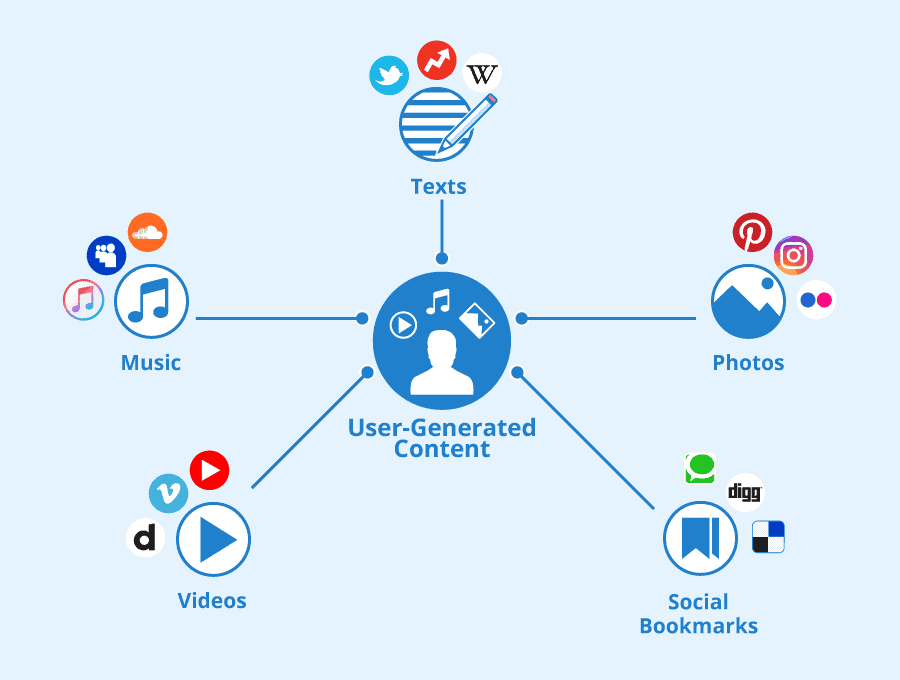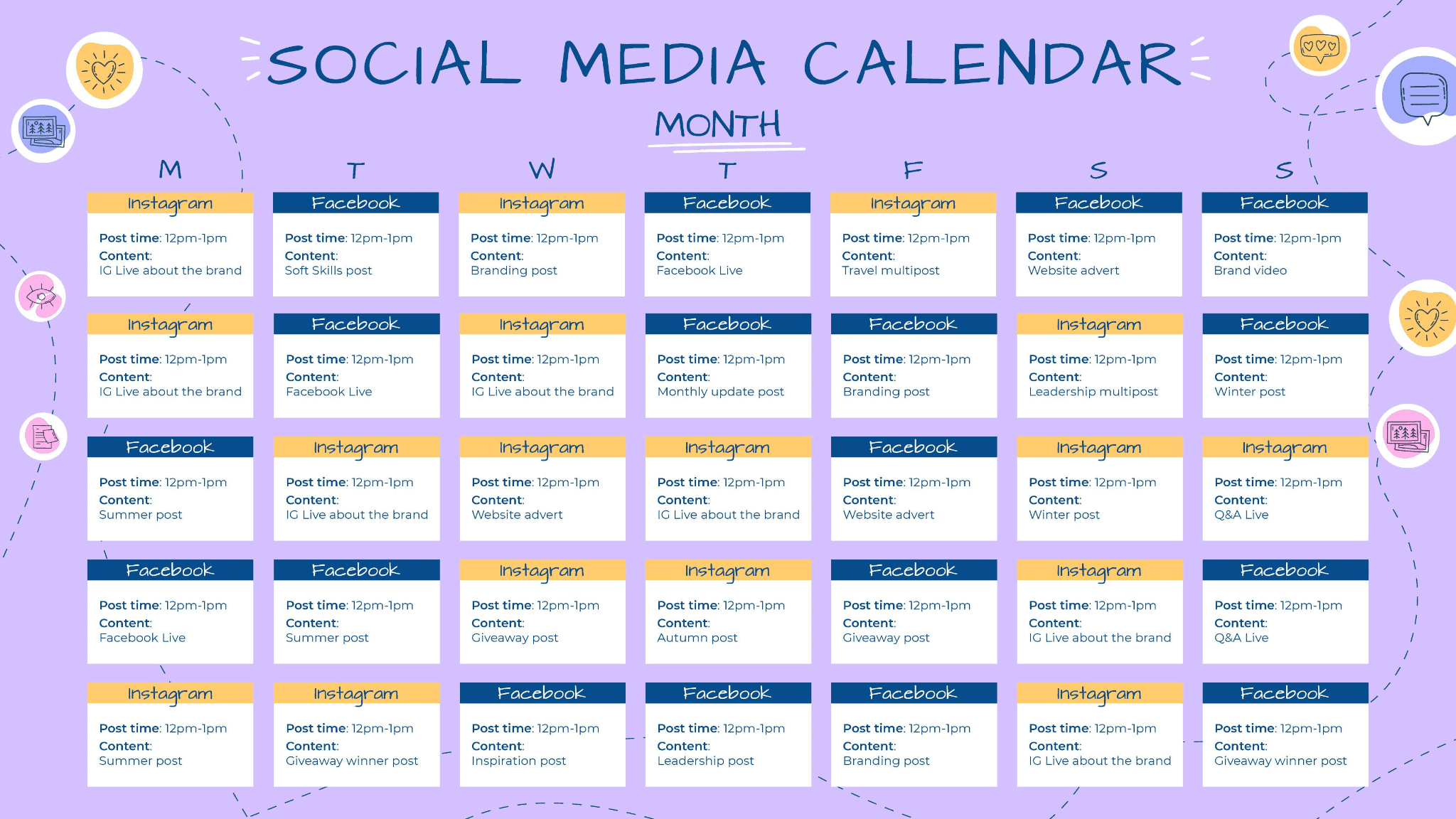In today’s digital landscape, curated social media content has become a powerful tool for brands, influencers, and organizations looking to engage their audiences effectively. Content curation involves selectively gathering, organizing, and sharing high-quality content from various sources to complement original posts, offering value to followers without the constant need to create new material.
When done right, it can enhance a brand’s authority, foster community engagement, and ensure a steady flow of relevant and timely information. However, curating content is not without its challenges.
Without a clear strategy and understanding of best practices, there’s a risk of diluting brand identity, overwhelming the audience, or inadvertently spreading misinformation.
This guide delves into the best practices for curating social media content, highlighting the importance of understanding your audience, maintaining consistency, and adding value to the content you share.
It also sheds light on common mistakes to avoid, such as over-relying on curated content at the expense of originality or failing to verify the credibility of sources.
Whether you’re a seasoned marketer or new to content curation, understanding these principles is crucial for building a strong and engaging social media presence.
Best Practices for Curating Social Media Content
Curating social media content effectively requires a deep understanding of your audience. Start by conducting thorough audience research to identify their preferences, pain points, and interests. Leveraging tools like the Salesforce Data Cloud can enhance this process by providing unified, real-time data that helps tailor your curated content to resonate with your audience, driving engagement and building brand loyalty.
Selecting high-quality content is crucial. Choose content that is not only relevant but also comes from credible and authoritative sources. This builds trust with your audience and positions your brand as a reliable source of information. When evaluating content for curation, consider factors such as the author’s expertise, the publication’s reputation, and the timeliness of the information. Aim to share content that provides unique insights, data-driven analysis, or innovative perspectives on industry trends.
Diversify the content types you share, including articles, videos, infographics, and user-generated content, tailored to the strengths of each social media platform. For instance, Instagram and Pinterest are ideal for visual content like infographics and short-form videos, while LinkedIn and Twitter are better suited for industry news and thought leadership articles. By adapting your content mix to each platform, you can maximize engagement and reach a broader audience.
For example, if your business is in the pest control industry, sharing social media marketing strategies specific to pest control can enhance your engagement by targeting the right audience with content that speaks directly to their interests and needs. This might include tips for eco-friendly pest management, seasonal pest prevention advice, or success stories from satisfied customers.
Similarly, brands like Swarovski can benefit from curating content that showcases their high-quality jewelry in real-life settings, appealing to followers who value luxury and elegance. They could share user-generated content featuring customers wearing their pieces, behind-the-scenes looks at craftsmanship, or style guides featuring their jewelry paired with various outfits.

Adding value to the curated content is another essential practice. Rather than merely reposting, include your own commentary or insights that align the content with your brand’s voice. This approach transforms curated content from simple sharing to a value-added resource for your audience. For example, if you’re curating content related to health and wellness, you might share success stories or tips on topics like “how to quit smoking”, adding your perspective to make the content more engaging and relevant to your audience. This personalization can spark discussions, encourage interaction, and reinforce your brand’s messaging.
Consistency is key. Develop a content calendar to maintain a regular posting schedule and ensure that the tone and messaging are coherent across all posts.
A well-structured content calendar helps you:
- Balance different types of content (curated vs. original)
- Plan for important industry events or seasonal trends
- Ensure a consistent posting frequency
- Align content with your marketing campaigns and business goals
Additionally, always give proper credit to the original creators to avoid copyright issues and maintain ethical standards. You can use a calendar app to help you with this.

Lastly, monitor the performance of your curated content and engage with your audience. This continuous feedback loop helps refine your curation strategy over time. Use analytics tools to track metrics such as engagement rates, click-throughs, and shares. Pay attention to which types of curated content perform best and adjust your strategy accordingly.
Common Mistakes in Curating Social Media Content
One major mistake is overloading your audience with content. Posting too frequently or flooding feeds with curated posts can overwhelm followers and lead to disengagement. Curated content should be relevant and focused, aligning with your brand’s messaging rather than being a random collection of interesting links.
Another pitfall is neglecting original content. While curation can supplement your social media strategy, relying too heavily on it without offering original posts diminishes your brand’s unique voice. Original content helps establish your authority and offers a personal touch that curated content alone cannot provide.
Failing to verify sources is another common issue. Sharing inaccurate or unverified information can harm your brand’s credibility. It’s essential to vet content thoroughly, ensuring it’s reliable and comes from trustworthy sources.
Ignoring audience feedback is also detrimental. If you don’t adjust your content strategy based on audience responses, you risk alienating your followers. Pay attention to engagement rate metrics and comments to refine your approach.
Finally, curating content without a clear strategy can lead to inconsistency. “Each piece of curated content should serve a specific purpose, whether it’s educating, entertaining, or sparking conversation. Without a strategic approach, your content may lack cohesion and fail to resonate with your audience,” says Barkev Meserlian, Founder of Barkev’s.
Additional common mistakes to avoid in content curation include failing to add value by simply sharing content without context or commentary, which misses an opportunity to showcase your brand’s expertise and perspective. Ignoring content diversity by relying too heavily on a single content type or source can make your curation efforts feel repetitive and uninteresting. Neglecting proper attribution can damage relationships with content creators and potentially lead to legal issues. Curating only viral or popular content might make your brand appear unoriginal and lacking in depth, so it’s important to balance trending topics with niche, industry-specific pieces that can help establish your brand as a knowledgeable authority in your field.
Maintaining a consistent tone and voice in your curation efforts is crucial. Ensure that your commentary and the content you curate align with your brand’s established tone and voice to maintain a cohesive brand identity. This consistency helps reinforce your brand’s personality and values across all shared content. Lastly, with the increasing prevalence of mobile usage, it’s essential to ensure that the content you curate is easily consumable on mobile devices. This might involve favoring mobile-friendly formats or considering how curated content will appear on smaller screens.
By avoiding these common mistakes and implementing a thoughtful, strategic approach to content curation, you can create a more engaging and valuable social media presence that resonates with your audience and supports your brand’s goals. Remember, effective content curation is an ongoing process that requires regular assessment and adaptation to remain relevant and impactful in the ever-changing social media landscape.
Tools and Resources for Effective Content Curation
Content Curation Tools:
Effective content curation begins with the right tools. Platforms like Feedly allow you to aggregate content from various sources, making it easier to discover relevant articles, blog posts, and news. Pocket enables you to save and organize content for later review, ensuring you have a curated repository to draw from. SocialBu, Bulkly and Hootsuite are some of the best social media scheduling tools for publishing curated content across different social media platforms, helping maintain consistency and timing. For businesses looking to integrate curated content with their product offerings, specialized product demo software can serve as a unique curation tool, allowing you to contextually showcase curated content alongside your product features.
Features to Look For:
When choosing a curation tool, prioritize features like content discovery algorithms, integration with social media platforms, and user-friendly interfaces. Tools that allow tagging, categorizing, and organizing content are invaluable for managing large volumes of information.
Additional features to consider include:
- Collaboration capabilities: Look for tools that allow team members to contribute to content curation, ensuring diverse perspectives.
- Content scheduling: The ability to plan and schedule curated content in advance helps maintain a consistent posting frequency.
- Custom branding: Tools that allow you to add your brand’s logo or colors to curated content can enhance brand recognition.
- Content suggestions: AI-powered recommendations can help you discover relevant content you might have otherwise missed.
- Analytics integration: Choose tools that integrate with your existing analytics platforms for seamless performance tracking.
Analytics and Performance Tracking:
Tracking the performance of curated content is crucial for refining your strategy. Tools like Google Analytics, Sprout Social, and BuzzSumo offer insights into engagement metrics such as shares, likes, and comments. These metrics help identify what resonates with your audience and guide future curation efforts.

Key metrics to monitor include:
- Engagement rate: Measure how well your curated content resonates with your audience through likes, comments, and shares.
- Click-through rate (CTR): Track how often users click on the curated content you share.
- Time on page: For content you curate on your own website, monitor how long users spend engaging with it.
- Follower growth: Observe how your curation efforts impact your follower count across platforms.
- Conversion rate: If applicable, track how curated content contributes to lead generation or sales.
Regular Review and Adaptation:
Utilize these tools not only for curating and sharing but also for regularly reviewing and adapting your approach. Effective curation is dynamic, requiring continuous learning and adjustment based on data-driven insights.
Implement a review process that includes:
- Weekly content performance analysis: Identify top-performing curated content and analyze why it resonated with your audience.
- Monthly strategy review: Assess your overall curation strategy, adjusting your content mix based on performance data.
- Quarterly audience survey: Gather direct feedback from your followers about the curated content they find most valuable.
- Seasonal trend analysis: Identify upcoming trends or events in your industry to inform your curation strategy for the coming months.
- Annual tool evaluation: Review the effectiveness of your curation tools and explore new options that might better serve your evolving needs.
Ethical Considerations in Content Curation:
While leveraging these tools and resources, it’s crucial to maintain ethical standards in your curation practices:
- Always attribute content to its original source, providing clear credit and links.
- Respect copyright laws and fair use guidelines when sharing content.
- Be transparent about your curation process, letting your audience know that you’re sharing third-party content.
- Avoid over-reliance on a single source; diversify your content to provide a balanced perspective.
- When adding commentary to curated content, clearly distinguish between the original content and your own thoughts.
By adhering to these ethical guidelines, you not only protect your brand from potential legal issues but also build trust with your audience and fellow content creators.
Remember, the goal of content curation is not just to share information, but to provide value to your audience by thoughtfully selecting and contextualizing content relevant to their interests and needs. By leveraging these tools and resources effectively, you can create a robust content curation strategy that enhances your brand’s authority and engages your audience meaningfully.
Final Thoughts on Curated Social Media Content
In summary, successful content curation on social media requires a strategic approach that balances quality with consistency. By understanding your audience, selecting high-quality content, adding personalized insights, and maintaining a consistent posting schedule, you can create a curated feed that resonates with your followers and enhances your brand’s credibility.
Avoiding common pitfalls—such as overloading content, neglecting original posts, failing to verify sources, ignoring audience feedback, and lacking a clear strategy—is essential to maintain trust and engagement.
As social media platforms evolve, so too should your content curation practices. Staying updated with the latest trends, tools, and audience preferences will help you remain relevant and competitive.
It’s important to remember that content curation is not just about sharing; it’s about curating a narrative that aligns with your brand’s goals and values while offering real value to your audience.
In the end, the key to effective content curation lies in striking the right balance between curated and original content. By doing so, you can build a meaningful and engaging social media presence that not only attracts but also retains a loyal audience.

